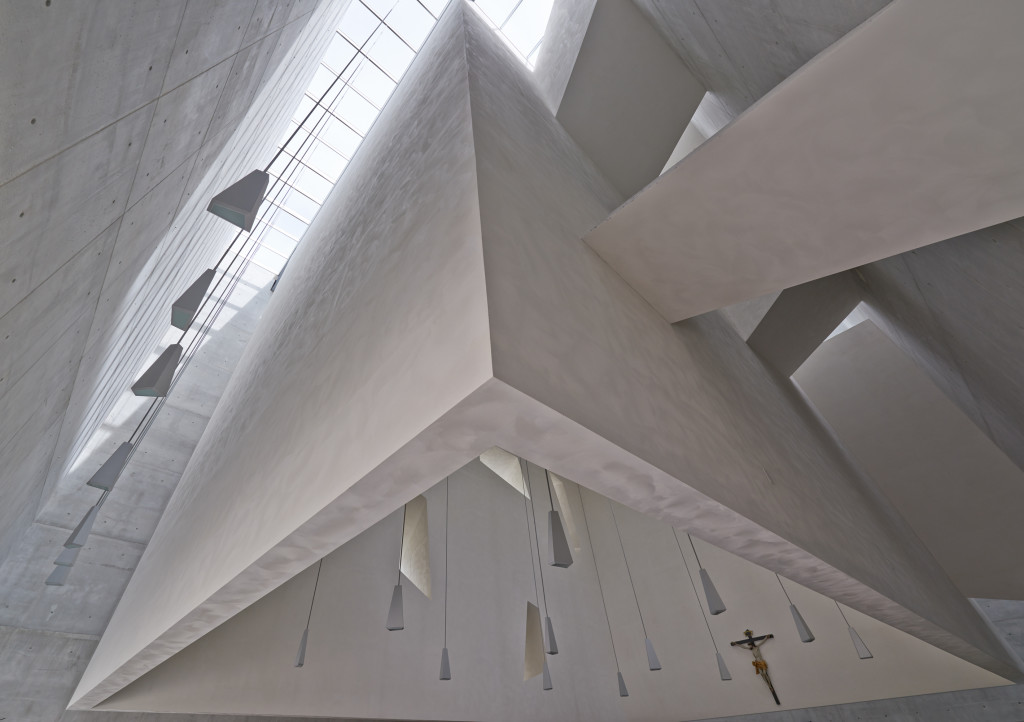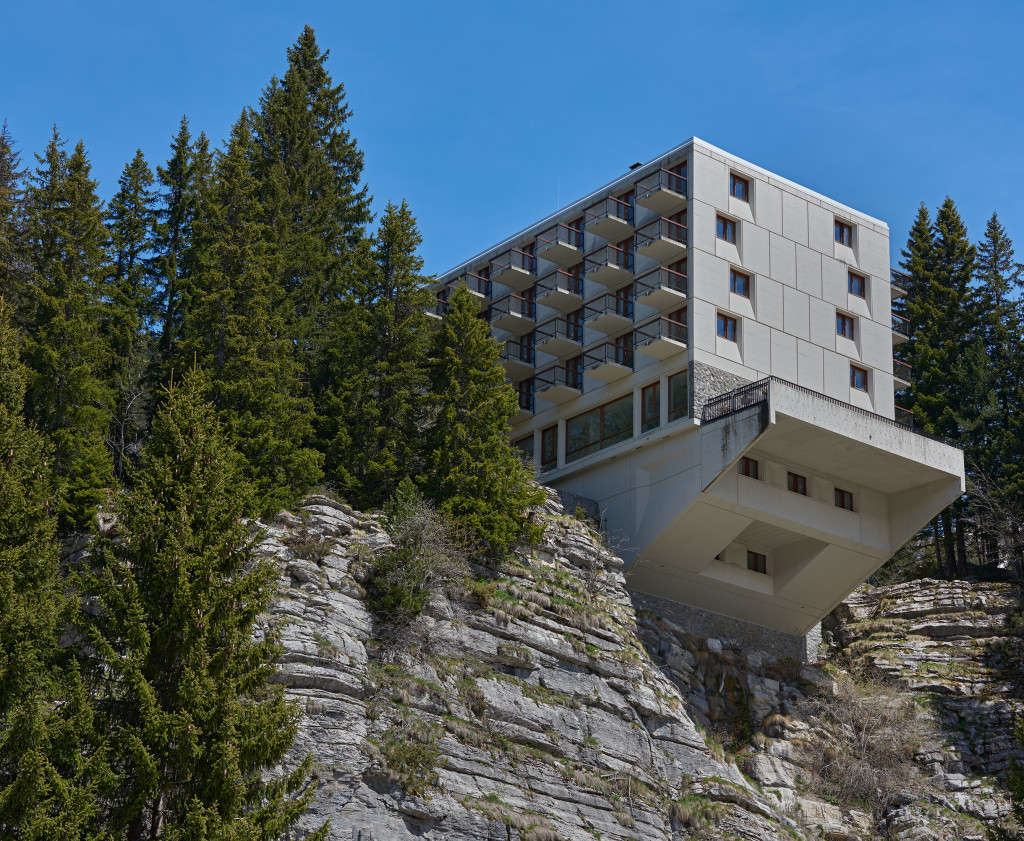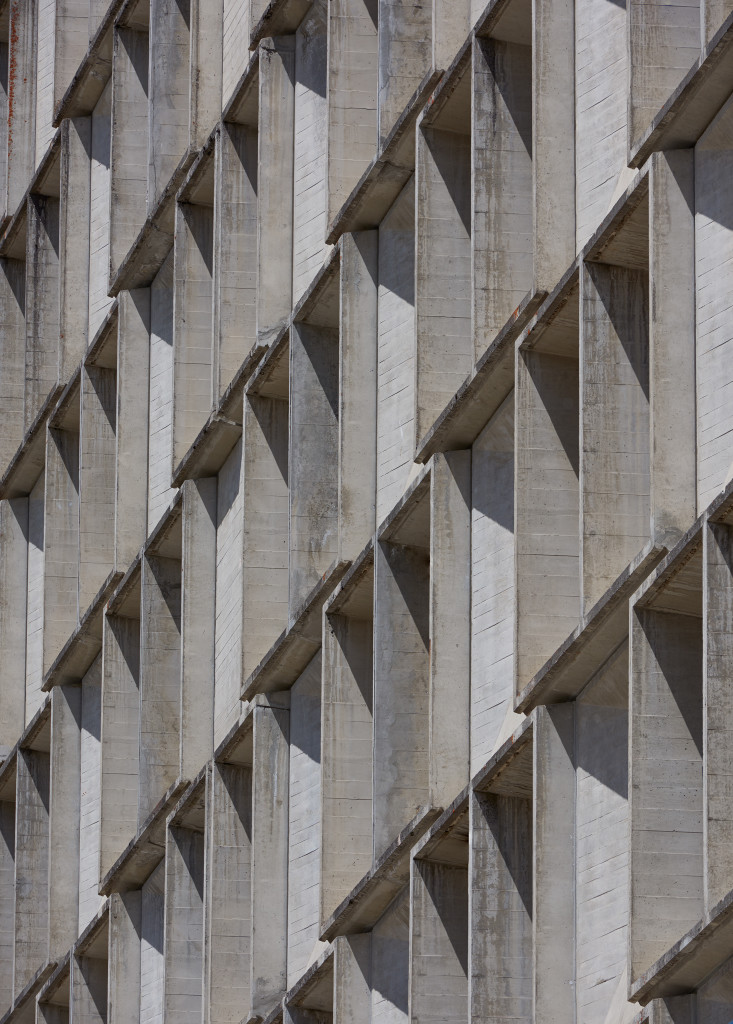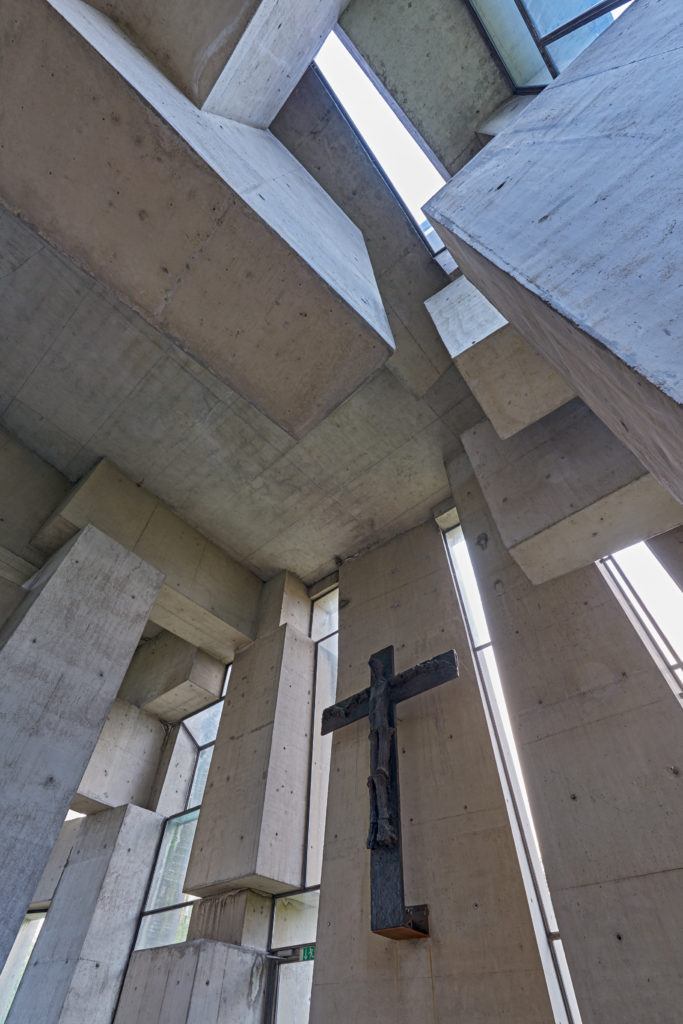
Cold-hearted, inhuman, monstrous: there is hardly a more controversial architectural style than Brutalism. The term stems from the French word beton brut coined by Swiss architect Le Corbusier to describe his choice of raw concrete for its raw and unpretentious honesty.
Brutalism gained momentum in the 1960s for pre-fabricated, low-cost housing, shopping centres and government buildings, and had a strong position in the architecture of European communist countries. This architectural style, sometimes also referred to as bunker architecture is almost universally considered as ugly. Urban decay due to the poor ageing of steel-reinforced concrete, and the surfaces being prone to graffiti, has not helped in this perception.
And yet, these minimalistic interactions of patterns, light, and form have a potential to lead to powerful images. It’s all about leading lines and details, accentuated by focal lengths in the ranges of 14-18 mm and 130-200 mm.
We could argue, however, that choosing extreme view points and angles of view leads to visual mis-interpretations of reality. And it would be even more so for birds-eye views from camera drones. Architecture has failed indeed, if it requires such perspectives to break it down to a human scale. But then, beauty is in the eye of the beholder. SR



